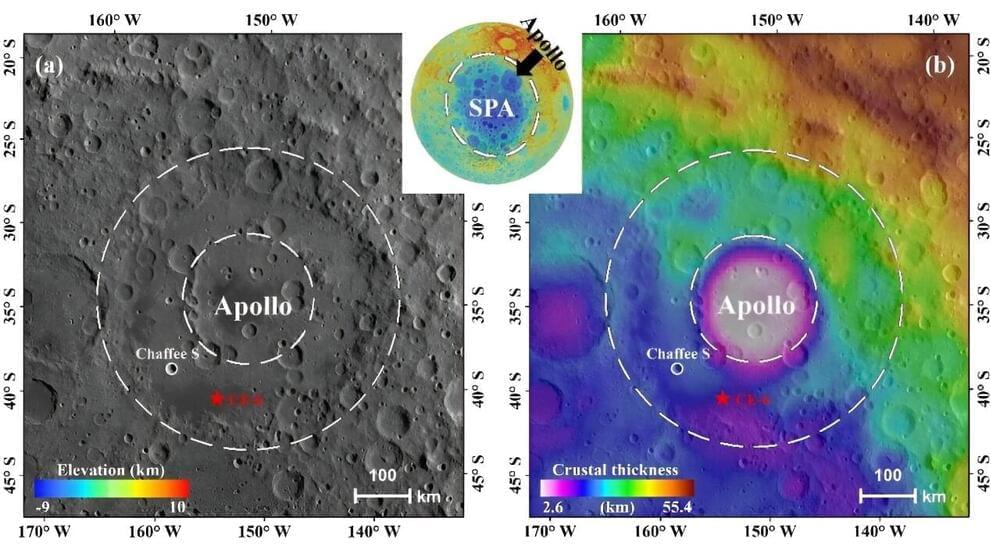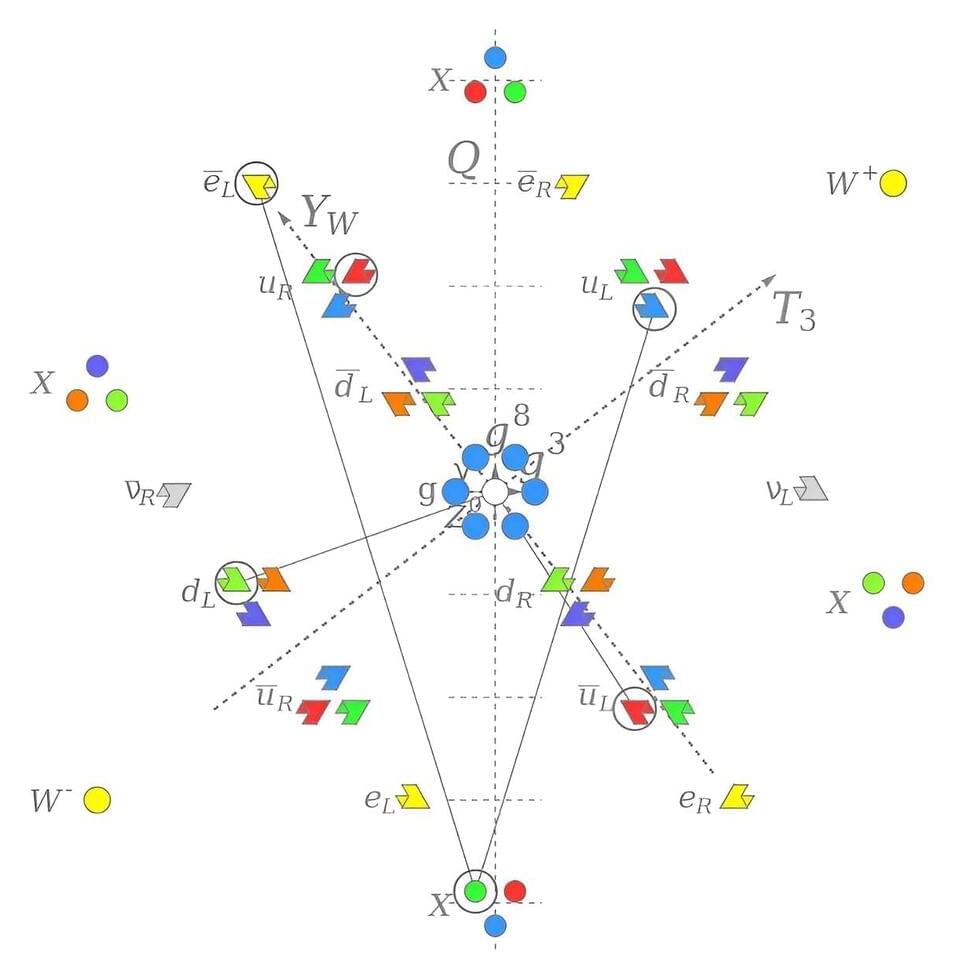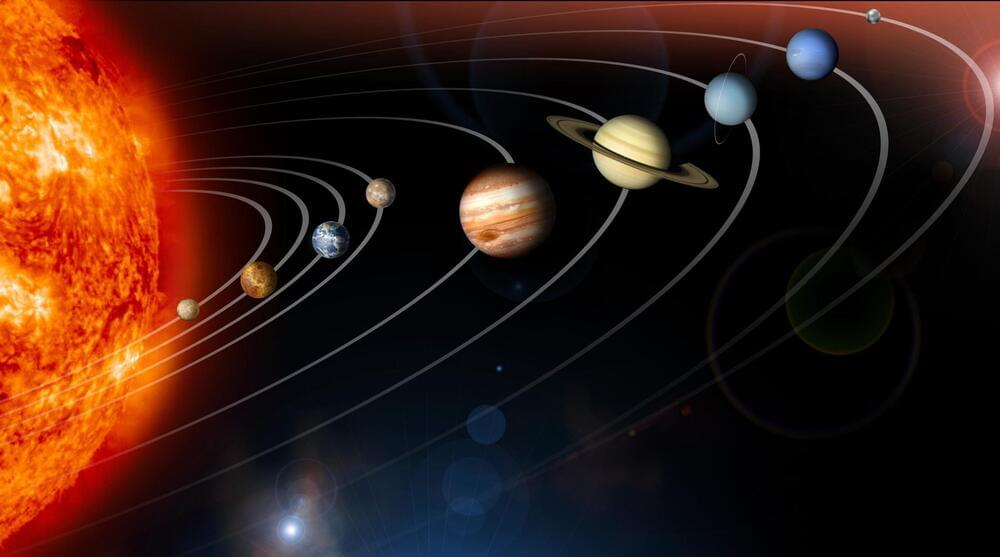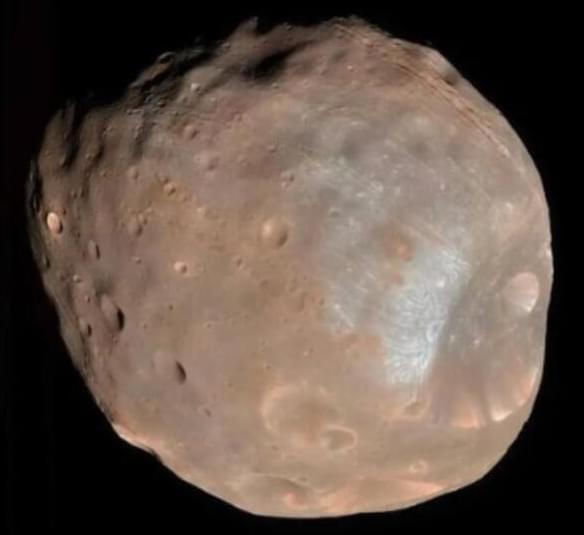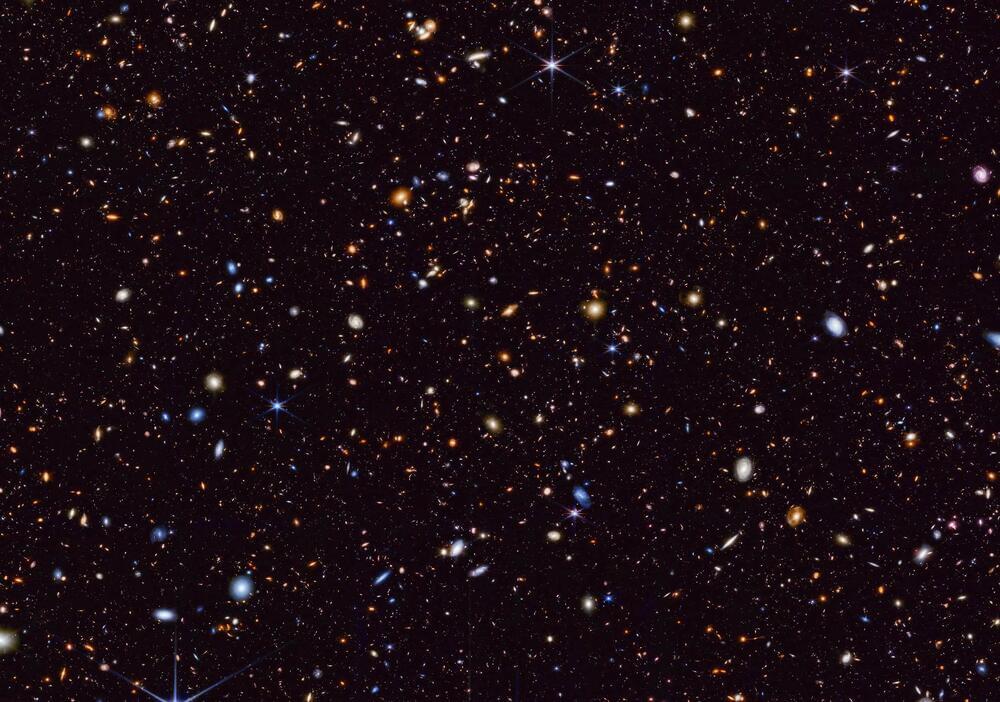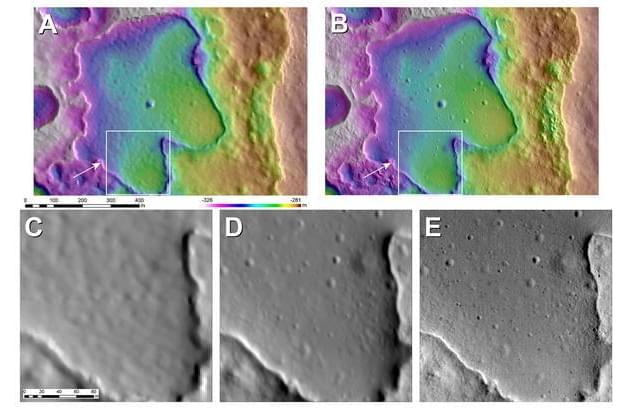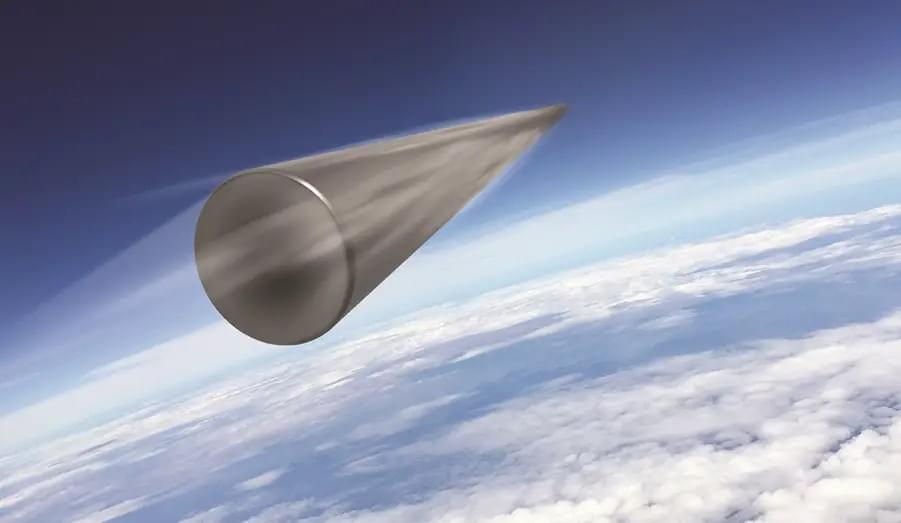Jun 25, 2024
Does quantum gravity exist?
Posted by Dan Breeden in categories: particle physics, quantum physics, space
Several thousand sensors distributed over a square kilometer near the South Pole are tasked with answering one of the large outstanding questions in physics: does quantum gravity exist?
The sensors monitor neutrinos —particles with no electrical charge and almost without mass—arriving at the Earth from outer space. A team from the Niels Bohr Institute (NBI) at the University of Copenhagen have contributed to developing the method which exploits neutrino data to reveal if quantum gravity exists.
“If as we believe, quantum gravity does indeed exist, this will contribute to unite the current two worlds in physics. Today, classical physics describes the phenomena in our normal surroundings such as gravity, while the atomic world can only be described using quantum mechanics. The unification of quantum theory and gravitation remains one of the most outstanding challenges in fundamental physics. It would be very satisfying if we could contribute to that end,” says Tom Stuttard, assistant professor at NBI.

